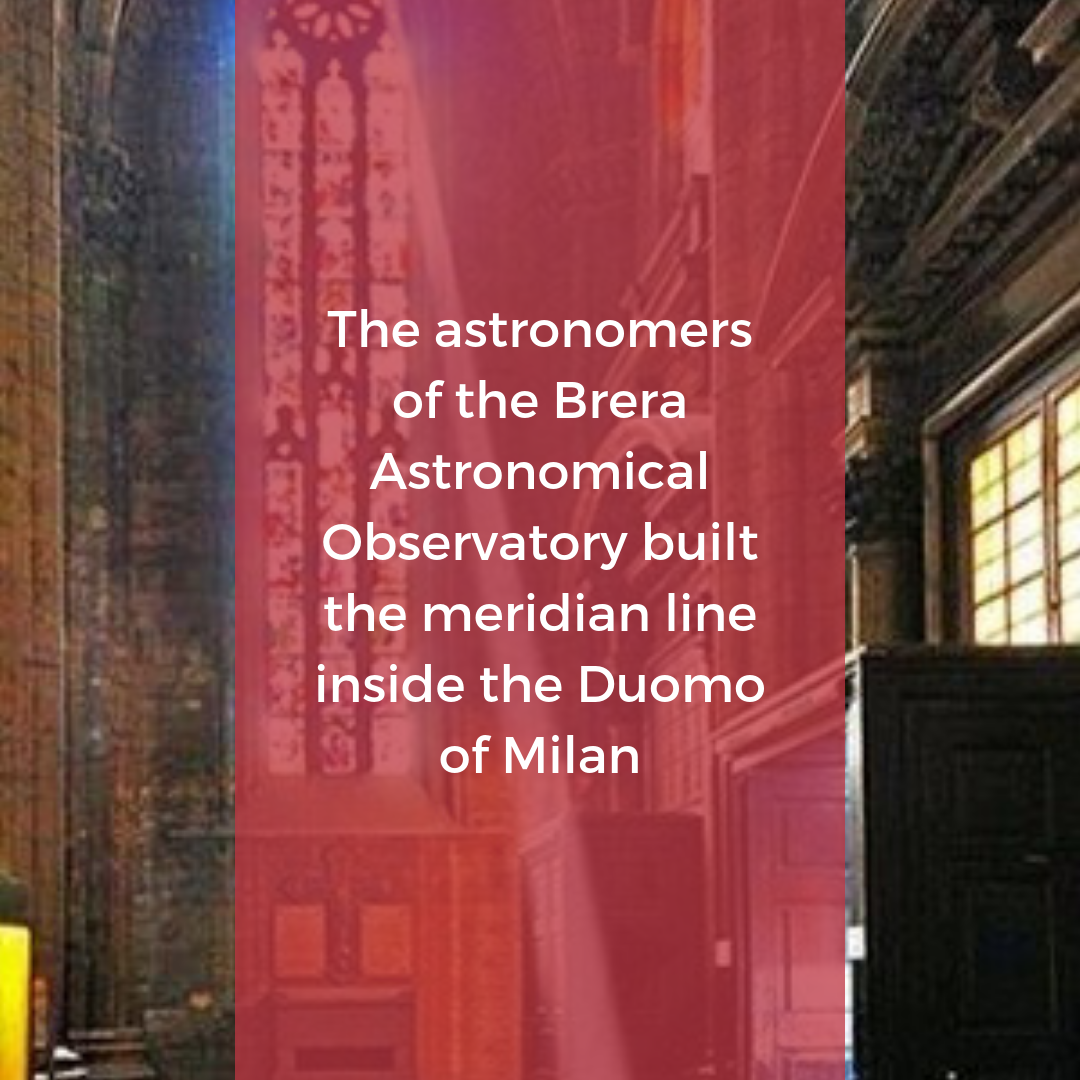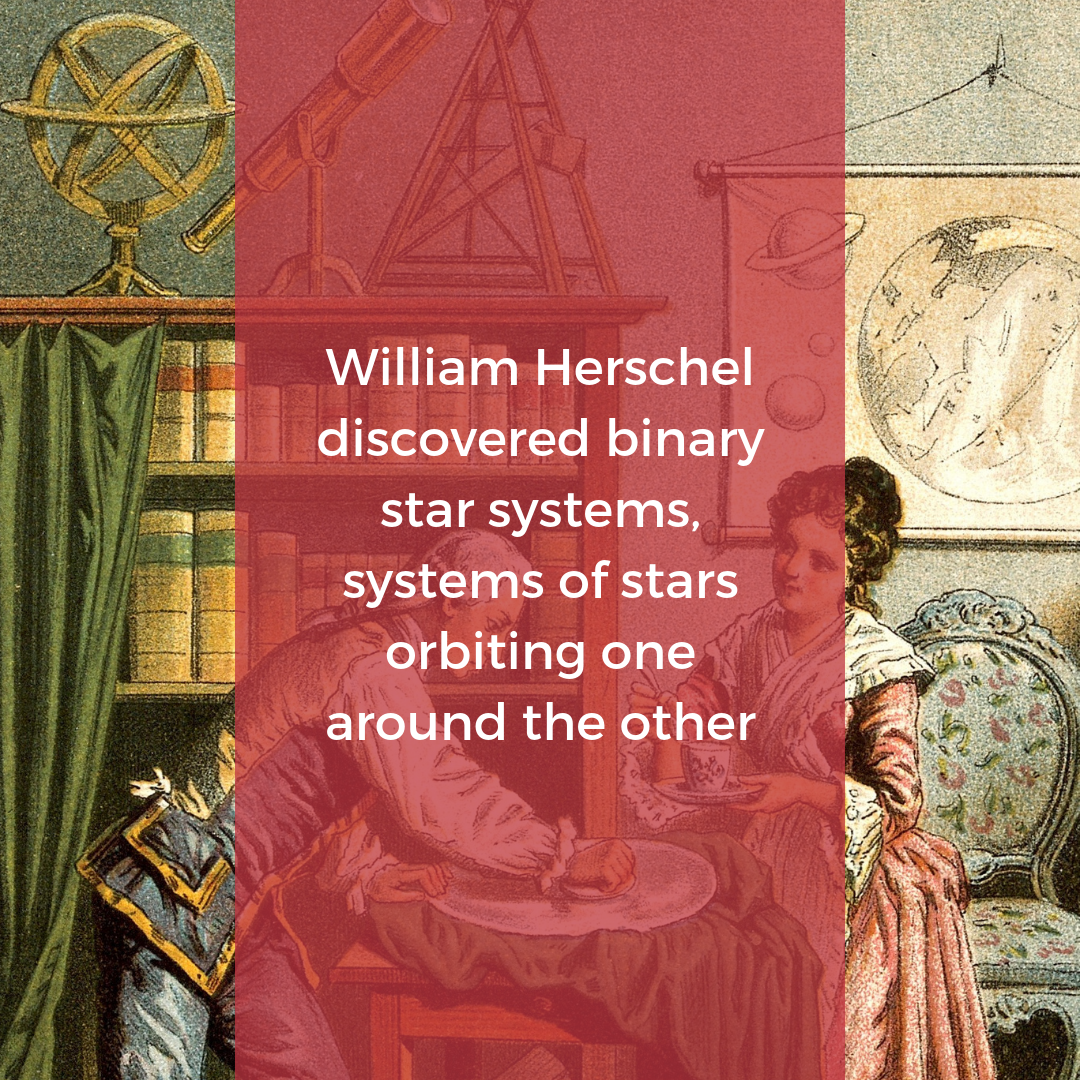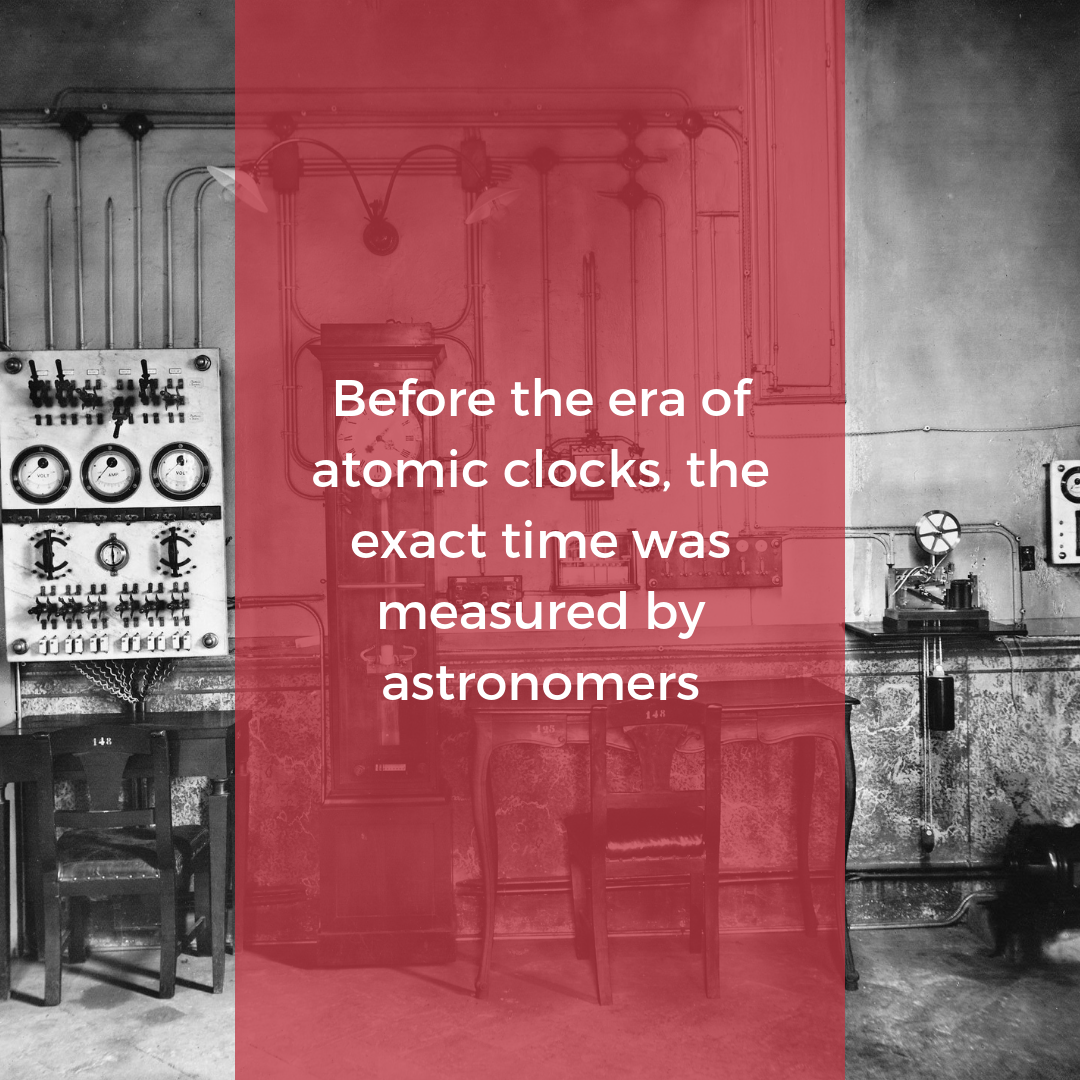
In Italy, until the second half of the 18th century, the beginning of the new day, which was divided in 24 hours, was related to the setting of the Sun. Due to the orbit of the Earth around the Sun, the length of the day from sunset to sunset changes a few to several minutes each day during the year: a total of about 3.5 h at the latitude of Milano.

William Herschel was an excellent astronomer … but he was also very lucky in his career! He is famous for the discovery of the planet Uranus, on March 13, 1781. However, this very important discovery was entirely accidental, since he was actually trying to study something completely different: the spatial distribution of the stars in the Milky Way with measurements of their distances.

A precise knowledge of time is essential for astronomy, and astronomers have always been experts in measuring it. Requests from governments to Astronomical Observatories to keep and distribute the exact time were frequent. The meridian line built by the astronomers of the Brera Astronomical Observatory in 1786 inside the Duomo of Milan is one example.

When light passes through a dispersive material, like a prism, a multicolored band appears; this “spectrum” forms because light is split up into its colors, each with its own wavelength. This is what causes the beautiful rainbows we see in the sky after the rain, the result of sunlight going through, technically being dispersed by the drops of water in the air.

When in 1788 the austrian government wanted a better map of the regions surrounding Milan and Mantua, which were then subject to the austrian empire, the job was given to the astronomers of the Brera Astronomical Observatory.

That’s the day Galileo published the Sidereus Nuncius (Starry Messenger), starting one of the most important scientific revolutions in the history of humankind.

The historical dome of the Brera Astronomical Observatory houses the refracting telescope used by Schiaparelli to observe Mars, and from which sprang the controversy over the nature of the mysterious “canals”.

It’s very likely that even the astronomers in Ancient Greece, like Hipparchus of Nicaea, had occasionally noticed Uranus in their skies, because it is visible to the naked eye in excellent seeing conditions, but they thought it was a star.

By the end of the 18th century spider web strands were commonly employed for the reticles of astronomical instruments called filar micrometers. These instruments were used to determine positions, angular sizes and distances of the celestial objects observed with telescopes (the angular size of an object is its apparent size, as it appears from a given point of view, measured in fractions of a degree).









